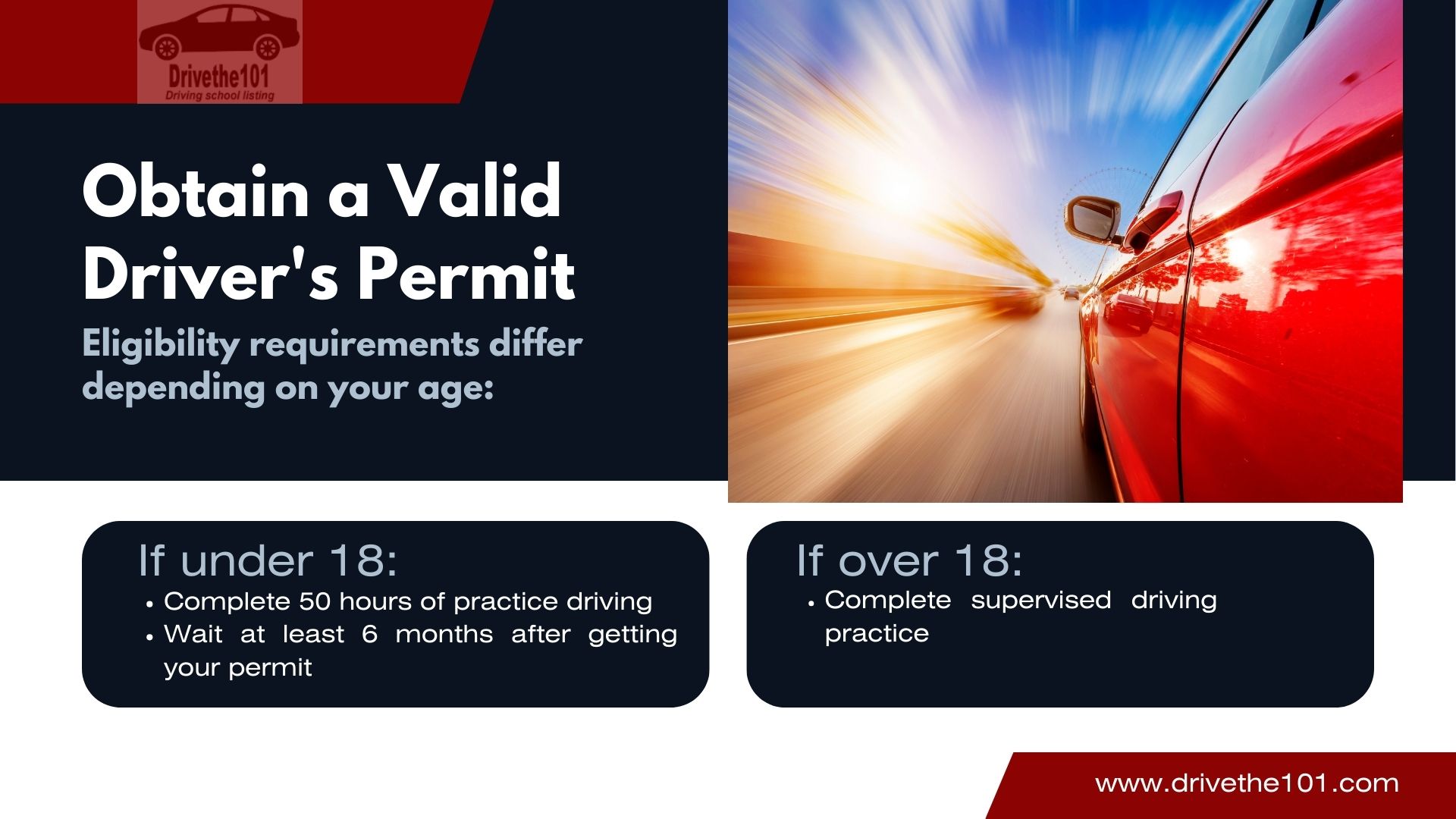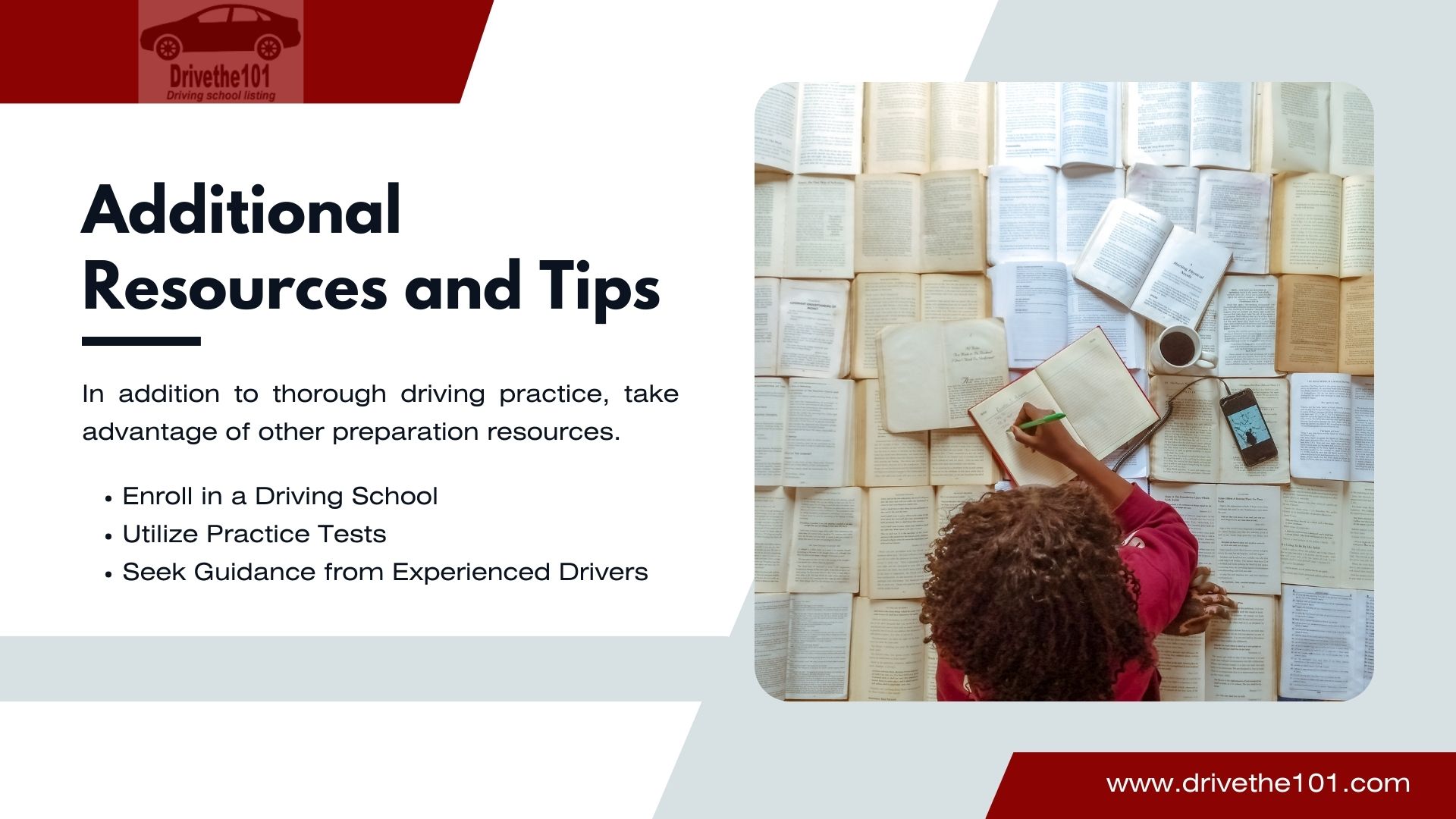A Comprehensive Guide to Success to Your New York Road Test

Taking and passing the New York road test is an exciting yet challenging milestone on the journey to getting your driver's license. Being well-prepared and confident in your abilities is key to success. This comprehensive guide will provide you with the essential information you need to ace your New York road test.
The Importance of Thorough Preparation
Obtaining your New York learner's permit is the crucial first step in preparing for the road test. You must study for and pass the written permit test, which covers road signs, rules of the road, and safe driving practices. Eligibility differs slightly depending on your age:
- If under 18, you must:
- Complete 50 hours of supervised driving practice
- Wait at least 6 months after getting your permit
- If over 18, you must:
- Complete supervised driving practice
Consistent practice is vital leading up to your test date. Spend time mastering essential skills like smooth steering, proper braking, and effective signaling. Also familiarize yourself with the format of the test by studying the New York Driver's Manual. This will help you gain a comprehensive understanding of what to expect.
The key is to diligently prepare through real behind-the-wheel practice. This hands-on experience will prove invaluable compared to just studying driving rules and regulations.
With commitment to thorough preparation, you will gain the skills and confidence needed to ace your New York road test.
Essential Pre-Test Preparation
Taking the proper steps to prepare for your New York road test is crucial for success. This involves obtaining your learner's permit, consistent driving practice, and studying the rules of the road.
Obtain a Valid Driver's Permit

The first step is to get your New York learner's permit by studying for and passing the permit test. You can take this test when you're 16 years or older at any DMV location. Be sure to bring documentation like your birth certificate and social security card.
Eligibility requirements differ depending on your age:
- If under 18:
- Complete 50 hours of practice driving
- Wait at least 6 months after getting your permit
- If over 18:
- Complete supervised driving practice
Once you have your permit, you can begin practicing driving in preparation for the road test.
Practice Effectively
Consistent practice behind the wheel is essential in the months leading up to your test. Try to practice 3-4 times per week with a licensed driver who can provide feedback. Focus on mastering skills like:
- Smooth acceleration
- Proper braking technique
- Turning without swerving
- Proper lane changes
- Parking, like parallel parking
- Safe stopping at traffic lights and signs
Ideally, practice these techniques in a variety of environments, from quiet neighborhoods to busier roads. This diverse experience will ensure you are prepared for anything on test day.
Familiarize Yourself with the Rules of the Road
In addition to hands-on practice, make sure you book road test online through the DMV website or a third party service. Most locations will allow you to schedule your test about 3 weeks in advance. However, it can take up to 10 weeks during busy summer months.
Understanding the Road Test Format
Knowing what to expect during your road test is key. This section outlines the typical test duration, route, and required driving tasks.
Duration
The New York road test typically lasts 20-30 minutes. This gives examiners enough time to fully assess your driving abilities. During the test you'll drive around 5-10 miles.
Route
The driving test route varies but often includes:
- Residential streets - These areas are ideal for assessing skills like turns, stops, and speed control.
- Two-lane roads - Examiners can evaluate lane position, signaling, and awareness of surroundings on these roads.
- Highways - Highway driving demonstrates skills like merging, lane changes, and maintaining speed.
You may not know the exact route ahead of time. If possible, practice driving in various environments so you're ready for anything.
Tasks
During the test, expect to perform various driving maneuvers and scenarios:
- Three-point turns - Assesses coordination and spatial awareness.
- Parallel parking - Tests backing up and parking precision.
- Backing up straight and around corners - Evaluates looking over your shoulder.
- Pulling over safely - Demonstrates caution and quick decision making.
- Stopping smoothly at signs and lights - Checks control of speed and braking.
Keep these tasks in mind during your practice driving sessions. Performing them correctly demonstrates you have mastered key skills and are ready for your test.
Crucial Tips for Success

Come prepared both mentally and physically on test day. This involves bringing the right documents, dressing appropriately, and maintaining the right attitude.
Preparation Checklist
Don't forget these essential items on test day:
- Valid learner's permit
- Completed pre-licensing certificate
- Vehicle registration
- Insurance documentation
- License plates
Without these documents, you will not be allowed to take your road test. Review this checklist multiple times leading up to your test.
Dress Appropriately
Make sure to:
- Wear comfortable clothes that don't restrict movement
- Choose closed-toe shoes for maximum control of pedals
- Avoid loose accessories that could be distracting
- Ensure clothes are professional looking
Dressing appropriately contributes to a confident mindset.
Arrive Early
Give yourself extra time by arriving about 30 minutes early. This ensures:
- You have time to relax and focus
- Paperwork and documentation is complete
- The vehicle is ready for inspection
- You don't feel rushed or stressed
Avoid an anxious, last-minute entrance by being punctual.
Greet the Examiner Politely
Set a positive tone by greeting your examiner respectfully when you meet. Be sure to:
- Make eye contact and smile
- Give a firm handshake if initiated
- Address them by name (Mr., Ms., etc.)
First impressions matter, so mind your manners.
Addressing Common Road Test Mistakes
Many applicants fail their road tests for preventable reasons. Being aware of these common mistakes can help you avoid them.
Failure to Signal
Neglecting to use turn signals is a top reason for failure.
- Use them every time you turn or change lanes
- Activate them well in advance - at least 100 feet
- Make canceling signals a habit after turning
Signals communicate your intentions to other drivers. Don't forget them!
Improper Turns
- Maintain your initial lane position after turns
- Slow down and check for oncoming traffic
- Avoid wide, swooping turns
Practice controlled turns until they become second nature.
Inadequate Braking
- Begin braking well in advance of stops
- Apply steady, gradual pressure to brake pedal
- Avoid sudden, jerky braking
Smooth braking demonstrates control over the vehicle.
Failure to Stop at Stop Signs
- Come to complete stop behind white line
- Check for crossing traffic before proceeding
- Don't creep forward into intersection
Always make full, complete stops!
Inattentive Driving
- Continually scan road, mirrors, and blind spots
- Focus on driving - avoid distractions
- Be alert for hazards like pedestrians or debris
Vigilant attention is key to safe driving.
By understanding common mistakes, you can consciously avoid them during your test. Stay focused on the skills and techniques you've practiced.
Additional Resources and Tips

In addition to thorough driving practice, take advantage of other preparation resources.
Enroll in a Driving School
Consider taking lessons with a professional driving school. Benefits include:
- One-on-one feedback from instructors
- Practice on test routes
- Use of dual-brake vehicles
- Convenience scheduling
This extra instruction can give you an edge on test day.
Utilize Practice Tests
DMV practice tests are available online and in mobile apps. Use them to:
- Gauge your current knowledge
- Uncover areas for improvement
- Get comfortable with test format
- Build confidence as you improve
Many are even formatted identically to the real exam.
Seek Guidance from Experienced Drivers
Talk to licensed drivers in your life. They can share from experience:
- Their own mistakes and successes
- Specific streets or skills that tend to challenge new drivers
- Tips for tricky maneuvers like parallel parking
- Advice for maintaining composure during test
Hearing from those who have already earned their license can reassure you on areas of struggle.
While thorough practice is most vital, be sure to use all resources available. Stay motivated toward your goal of passing the New York road test!
Confidence and Diligence: The Keys to New York Road Test Success
Earning your driver's license by passing the New York road test is an exciting milestone. However, it does require dedication through consistent practice, study of traffic regulations, and mastery of essential driving skills. While the road test can seem intimidating to newcomers, thousands pass each year by committing to thorough preparation.
As covered in this guide, set yourself up for success by:
- Obtaining your learner's permit and practicing regularly
- Understanding what driving maneuvers you'll be tested on
- Arriving focused and punctual on test day
- Avoiding common mistakes new drivers tend to make
Additionally, take advantage of other preparation resources like professional lessons, practice tests, and guidance from experienced drivers.
If you diligently commit to becoming a safe, responsible, and attentive driver, you will gain the confidence needed to excel on your road test. With a cool head and self-assurance in your abilities, your license will be in hand before you know it. Stay positive, drive patiently, and demonstrate your readiness to take on the open road.
Frequently Asked Questions
-
How early can I schedule my NY road test?
You can schedule your road test around 3 weeks in advance through the DMV website or a third party service. In peak seasons, it may take up to 10 weeks for an appointment.
-
What documents do I need to bring to my test?
Bring your learner's permit, completed pre-licensing certificate, vehicle registration, insurance papers, license plates, and any necessary ID documents. Without these, you will not be allowed to take the test.
-
What driving skills will be tested?
Examiners will assess basic skills like steering, braking, acceleration, signaling, lane changes, parking, 3-point turns, and how well you observe traffic signs, signals, and markings. You may also be asked to pull over or back up straight/around corners.
-
What constitutes an automatic failure?
There are driving mistakes that will instantly end the test and cause failure, including illegally crossing solid lines, acquiring too may points, or not pulling over for emergency vehicles. A serious breach of safety may also result in an automatic failure.
-
How many points can I get wrong?
The passing score allows up to 29 points to be deducted. Acquiring 30 or more points results in failure, so make sure to limit mistakes!
-
Can I take the test in any county?
Yes, you can take the New York road test at any DMV location, regardless of what county you live in. Just be sure you have the proper paperwork and documents with you at the chosen test site. I hope these frequently asked questions help summarize some key information about preparing for and taking the New York road test! Let me know if you need any clarification or have additional questions.
